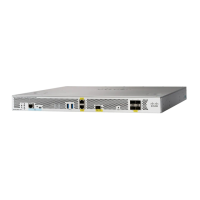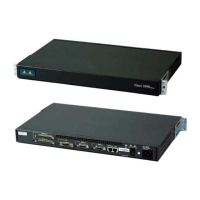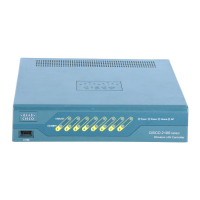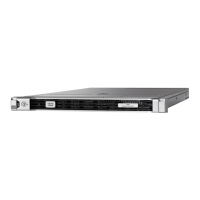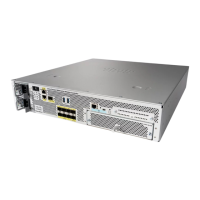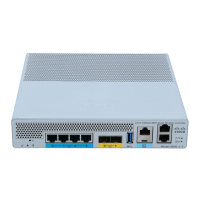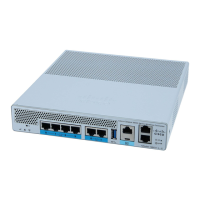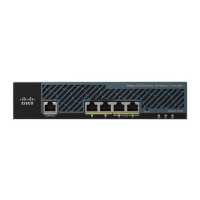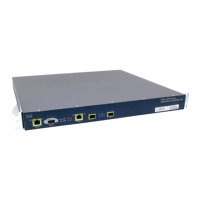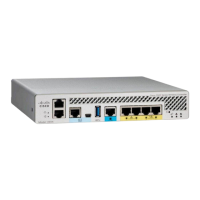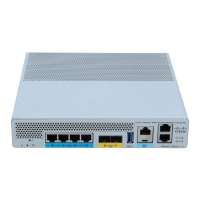11-11
Cisco Wireless LAN Controller Configuration Guide
OL-17037-01
Chapter 11 Configuring Radio Resource ManagementWireless Device Access
Configuring RRM
Step 2 Choose one of the following options from the Power Level Assignment Method drop-down box to
specify the controller’s dynamic power assignment mode:
• Automatic—Causes the controller to periodically evaluate and, if necessary, update the transmit
power for all joined access points. This is the default value.
• On Demand—Causes the controller to periodically evaluate the transmit power for all joined access
points. However, the controller updates the power, if necessary, only when you click Invoke Power
Update Now.
Note The controller does not evaluate and update the transmit power immediately after you click
Invoke Power Update Now. It waits for the next 600-second interval. This value is not
configurable.
• Fixed—Prevents the controller from evaluating and, if necessary, updating the transmit power for
joined access points. The power level is set to the fixed value chosen from the drop-down box.
Note The transmit power level is assigned an integer value instead of a value in mW or dBm. The
integer corresponds to a power level that varies depending on the regulatory domain in which
the access points are deployed. See Step 7 on page 11-29 for information on available
transmit power levels.
Note For optimal performance, Cisco recommends that you use the Automatic setting. Refer to the
“Disabling Dynamic Channel and Power Assignment Globally for a Controller” section on
page 11-33 for instructions if you ever need to disable the controller’s dynamic channel and
power settings.
This page also shows the following non-configurable transmit power level parameter settings:
• Power Threshold—The cutoff signal level used by RRM when determining whether to reduce an
access point’s power. The default value for this parameter is –70 dBm but can be changed through
the controller CLI on rare occasions when access points are transmitting at higher (or lower) than
desired power levels. See the “Using the CLI to Configure RRM” section on page 11-19 for the CLI
command.
• Power Neighbor Count—The minimum number of neighbors an access point must have for the
transmit power control algorithm to run.
• Power Assignment Leader—The MAC address of the RF group leader, which is responsible for
power level assignment.
• Last TPC Iteration—The last time RRM evaluated the current transmit power level assignments.
Step 3 Click Apply to commit your changes.
Step 4 Click Save Configuration to save your changes.

